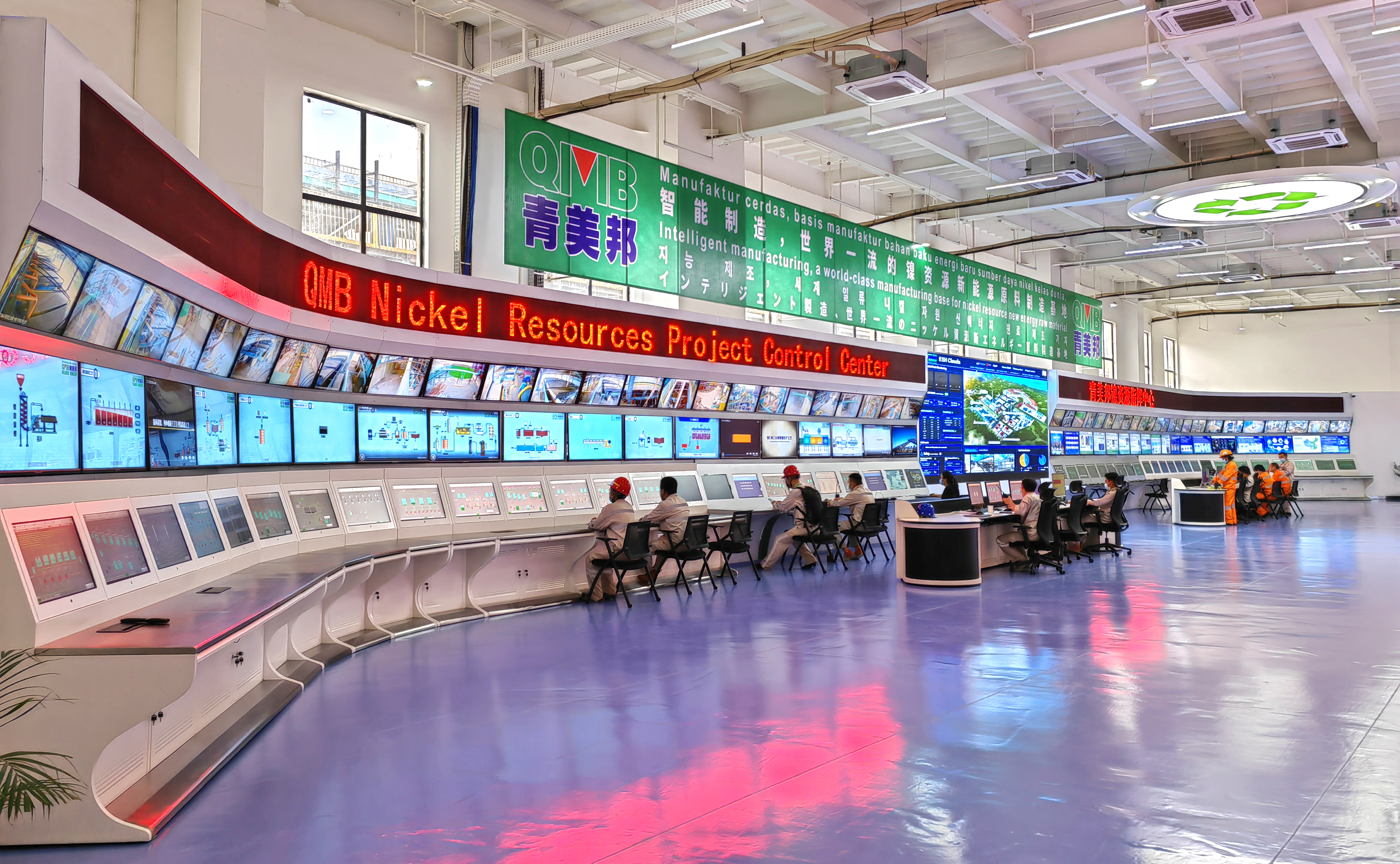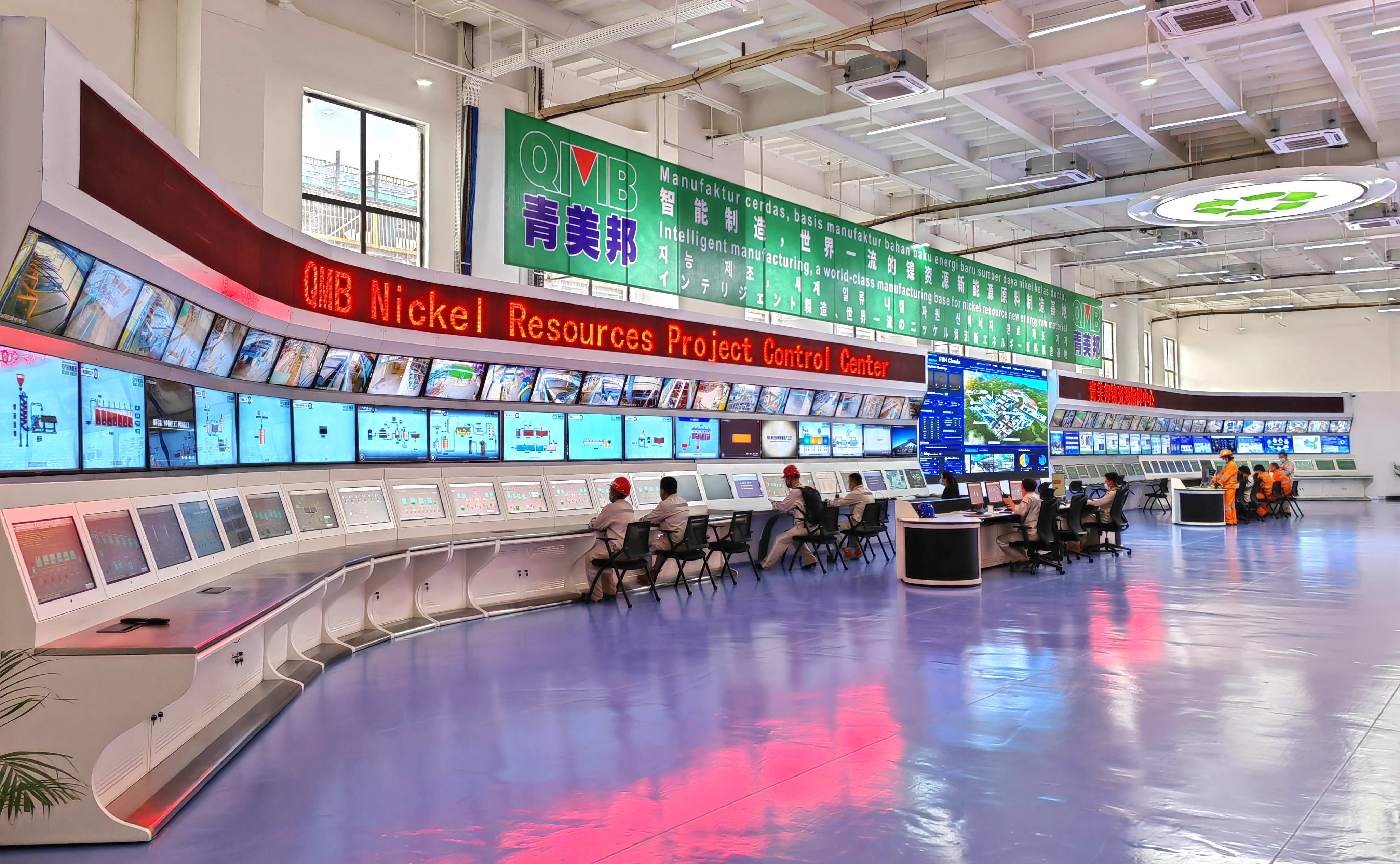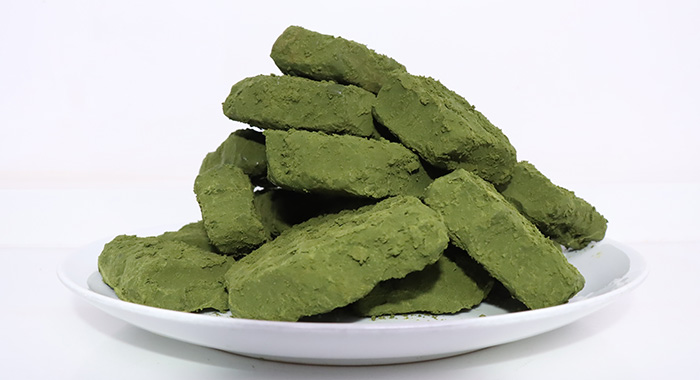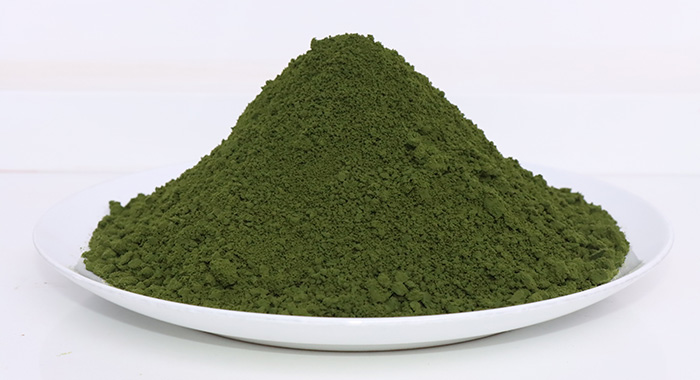
The high pressure acid leaching (HPAL) process of laterite nickel ore is to add concentrated sulfuric acid into the autoclave under high temperature and high pressure conditions to realize the selective leaching of nickel cobalt. Most of the impurities iron and aluminum are stored in the slag, which ensures the valuable The recovery of metal reduces material consumption, and the recovery rate of nickel, cobalt and other metals can reach more than 90%. In addition, in order to reduce steam consumption, improve energy utilization, and reduce production and operation costs, the pulp after high-pressure acid leaching is cooled by flash evaporation. The generated secondary steam returns to the pulp preheating system to heat the low-temperature pulp before entering the autoclave. Compared with the pyrometallurgy process, the HPAL process has the characteristics of low energy consumption, high comprehensive recovery rate of valuable metals, and environmentally friendly. From an economic point of view, the current industrial HPAL process is mainly suitable for processing ores with high iron content and low silicon and magnesium content (usually limonite-based ores), and the magnesium content is generally required to be less than 5%. Compared with the traditional hydrometallurgical process, the HPAL process is known as a pearl of hydrometallurgical process because of the complexity of the thermal cycle system, the high degree of system automation, and the requirements for equipment, materials and operators are far beyond the general metallurgical process.
A typical laterite nickel ore HPAL system generally consists of main process systems such as pulp storage, pulp preheating, autoclave feeding, high-pressure acid leaching, pulp flashing, tailgas washing, and pulp transportation after leaching and auxiliary systems suchas steam System, concentrated sulfuric acid system, sealing liquid system,compressed air system, circulating water system, electrical system automationcontrol system, etc.
After more than 60 years of development, the HPAL process has become more and more important in the new energy sector. It is favored by enterprises for its excellent leaching rate(nickel-cobalt leaching rate ≥ 95%) and relatively low operating costs. The HPAL process separates nickel and cobalt from laterite nickel ore by heating(≥255°C) and pressurizing (4~5Mpa) and adding sulfuric acid in a reactor. The technology was first put into commercial production in 1961 in the Bay of Moa,Cuba. The HPAL process has mainly gone through three generations. The first generation of lateritic nickel ore high pressure acid leaching (HPAL) processoriginated in Cuba, which was put into production in 1959; the second generation of HPAL technology was represented by three companies put into production in Western Australia in 1998; The three generations of HPAL projects are flourishing all over the world, such as the project put into operation by Sumitomo Corporation in the Philippines in 2005, the Goro nickel project put into operation by Inco in New Caledonia in 2008, and the Ramu project put into operation by MCC in Papua New Guinea in 2012. Nickel-cobalt projects, etc. The third-generation HPAL technology optimizes and improves the process, key equipment and materials used in the second-generation technology, making industrial production more stable, production and operation costs lower, and metal recovery rate higher.







